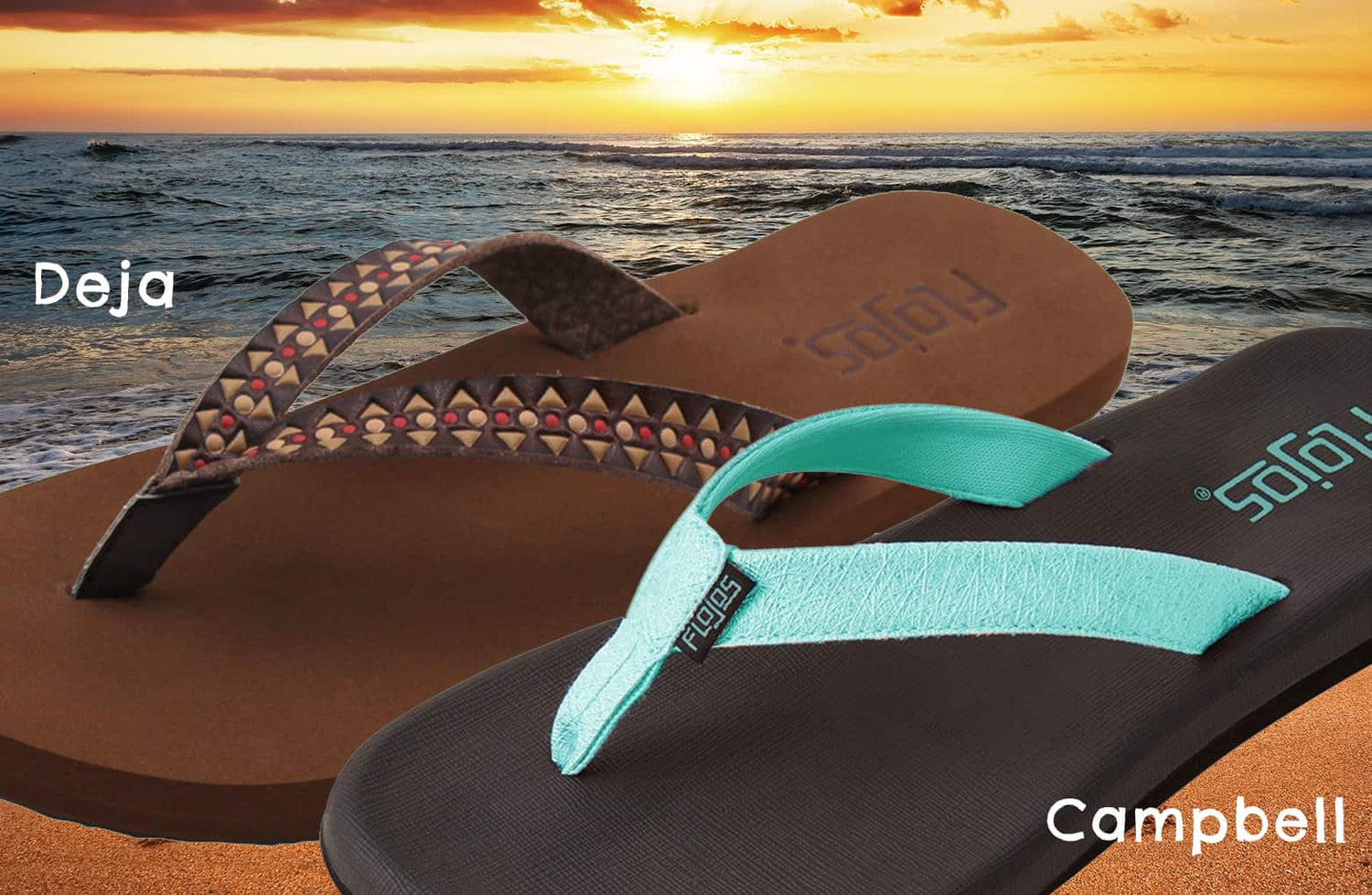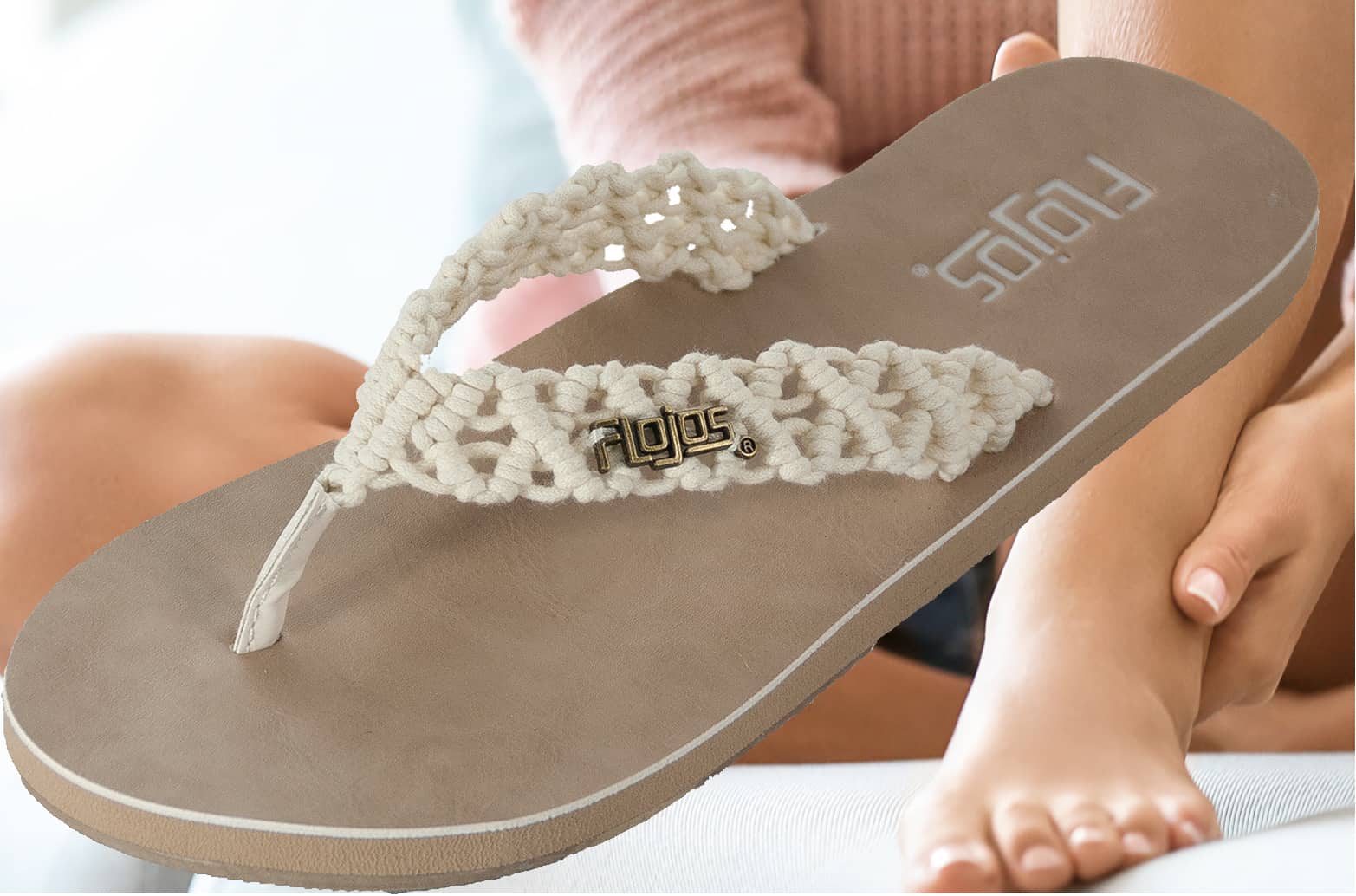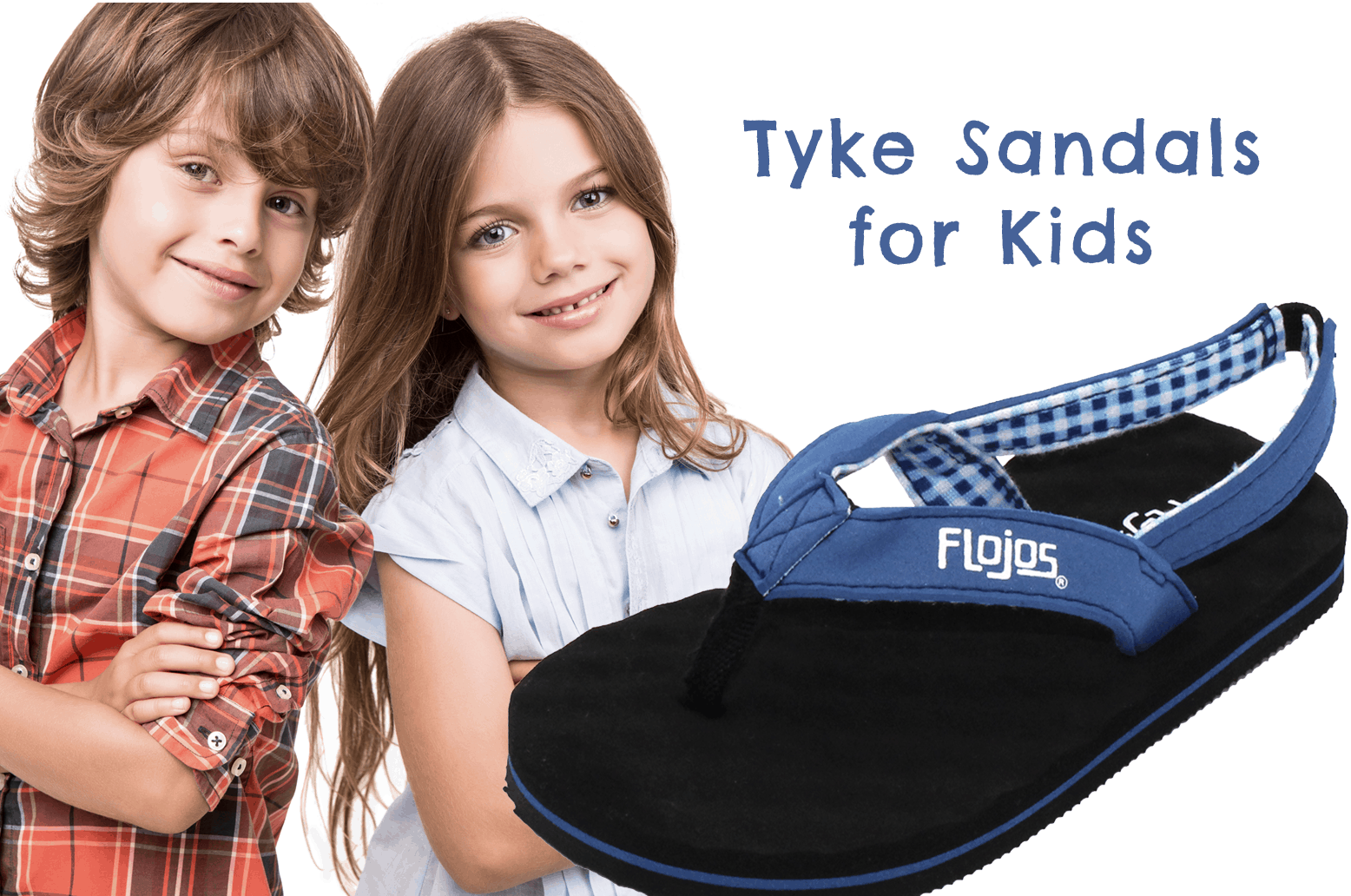While browsing new beach sandals, it can be overwhelming to face the sheer amount of variety available. Modern shoes are made from plastics, leather, rubber, canvas, foam, wood, and almost any other durable material that you can imagine. Still, most shoppers come down to two primary options when searching for the most comfortable, long-lasting choice: Leather or rubber.
Each of these resilient materials has advantages and disadvantages, and being familiar with those features can help buyers invest in the ideal beach sandal for them. Keep reading to find out more!
The Best Beach Sandals: Leather or Rubber?
Finding quality beach footwear doesn't have to be a struggle. This comparison between rubber and leather sandals can help guide you toward an informed and beneficial decision and a groovy new pair of beach sandals.Leather
Leather beach sandals tend to be very stylish and exceptionally comfortable. However, moisture and leather don't blend well together, and leather sandals may begin to degrade after several hours in the salt and moisture-filled air and sand. However, leather sandals aren't doomed to death via the beach. Owners can apply leather wax to their shoes beforehand to help protect their sandals from moisture damage. With proper care and maintenance, leather can outlive almost any other material of shoewear.Qualities
Real leather has some unique attributes that synthetic fabrics and materials stills struggle to replicate. These qualities include:- A semi-porous, breathable membrane that reduces sweating
- Ruggedness that can last for decades
- Easy to wipe clean
- Not made with harmful chemicals
- Flexible enough to take on the shape of objects, such as feet
- Comfortable when placed against the skin
- Often used for stylish clothing products and apparel
Price
All-natural leather is pricier than almost any other shoe material. That's because most shoe leather is harvested from ailing dairy cows, so there's a limited amount of leather that's produced every year. The average square foot of cow leather costs about $6, though lambskin leathers and buffalo leathers are far costlier. Synthetic or 'faux' leathers are inexpensive solutions, and they often look nearly identical to real leathers. However, they don't act like genuine leathers. Faux leather may begin to come apart rather quickly, especially after extended use or exposure to excess moisture.Rubber
Rubber beach sandals can do everything that leather can't—get wet! Rubber is naturally waterproof, making it an obvious choice when choosing shoes for beach fun. Also, most rubber shoes are designed to float, so rubber beach sandals won't sink into the dark, salty waves, never to be seen again. Because of these qualities, rubber beach sandals are often a popular choice for children. However, anyone can benefit from the attributes of a robust and reliable rubber sandal.Qualities
Rubber has some qualities in common with leather, but it also has a few additional advantages and drawbacks. For example, rubber is:- Flexible yet able to retain its original shape for long periods
- Naturally bouncy and springy
- Lightweight
- Easy to clean
- Waterproof
- Resistant to stains
- Durable enough to last many years of use




Laisser un commentaire
Ce site est protégé par hCaptcha, et la Politique de confidentialité et les Conditions de service de hCaptcha s’appliquent.